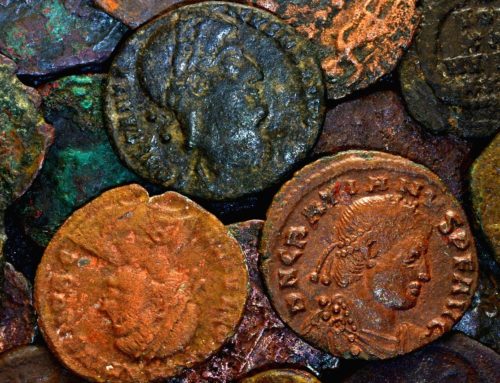NYU Stern recently presented a series of White Papers titled “Restoring Financial Stability: How to Repair a Failed System”. And how exactly does NYU plan to repair the system? The answer is by getting into the ratings game. This wouldn’t just be the letter ratings but a quantitative approach to measuring how “systematically risky” a financial institution is.
From NYU Stern: This calculation takes three steps. First it estimates on a daily basis, the relation between equity returns on a particular firm and the broad market. These are estimated using asymmetric volatility, correlation and copula methods similar to those in other sections of V-Lab. Then it simulates this process in order to calculate the drop in equity value of this firm that would be expected if the aggregate market falls more than 40% in a six-month window. This is called Long Run Marginal Expected Shortfall or LRMES. Finally, equity losses expected in a crisis are combined with current market value of equity and book value of debt to determine how much capital would be needed in a crisis in order to maintain an 8% capital ratio to asset value.
Using equity prices to measure the “riskiness” of a financial firm is not a novel approach, but the goal here seems to be to comprehensively combine various metrics to come up with a scale. It results in a ranking system that lists financial institutions from the most risky to the least. Here is their list of the “riskiest” banks – with Deutsche Bank being the riskiest of the top 15 in terms of system-wide impact:
Deutsche Bank AG
BNP Paribas
Barclays PLC
Mitsubishi UFJ Financial Group
Credit Agricole SA
Royal Bank of Scotland Group PLC
HSBC Holdings PLC
Mizuho Financial Group Inc
Bank Of America
ING Groep NV
Societe Generale
JP Morgan Chase
Citigroup
Lloyds Banking Group PLC
Sumitomo Mitsui Financial Group
Not surprising to see DB here because of their size, leverage, and sovereign debt exposure. It’s interesting to point out that there are no US institutions in the top five and only one – BofA in the top ten. US dealers (GS and MS) are not even on the top 15 list.
If these firms are sorted by leverage instead of systematic risk, a very different top 15 list is emerges:
Dexia SA
Bank of Greece
SNS REAAL NV
Credit Agricole SA
Banco Comercial Portugues SA
Commerzbank AG
Societe Generale
Deutsche Bank AG
Natixis
KBC Groep NV
Banca Monte dei Paschi di Siena SpA
Barclays PLC
Banco Popolare SC
National Bank Of Greece
Bank of Ireland
Most of these are not a surprise. Also there are no US institutions on that list. In fact these are some of the “scarier” firms that could (or already have) send a shock through the system.
This is clearly an interesting quantitative tool, but as always, the danger is that regulatory bodies will misunderstand the results and make policy decisions based on misconceptions. The methodology could potentially be used as way to flag certain institutions by a global regulator, but it certainly is not a way to “Repair a Failed System”.



